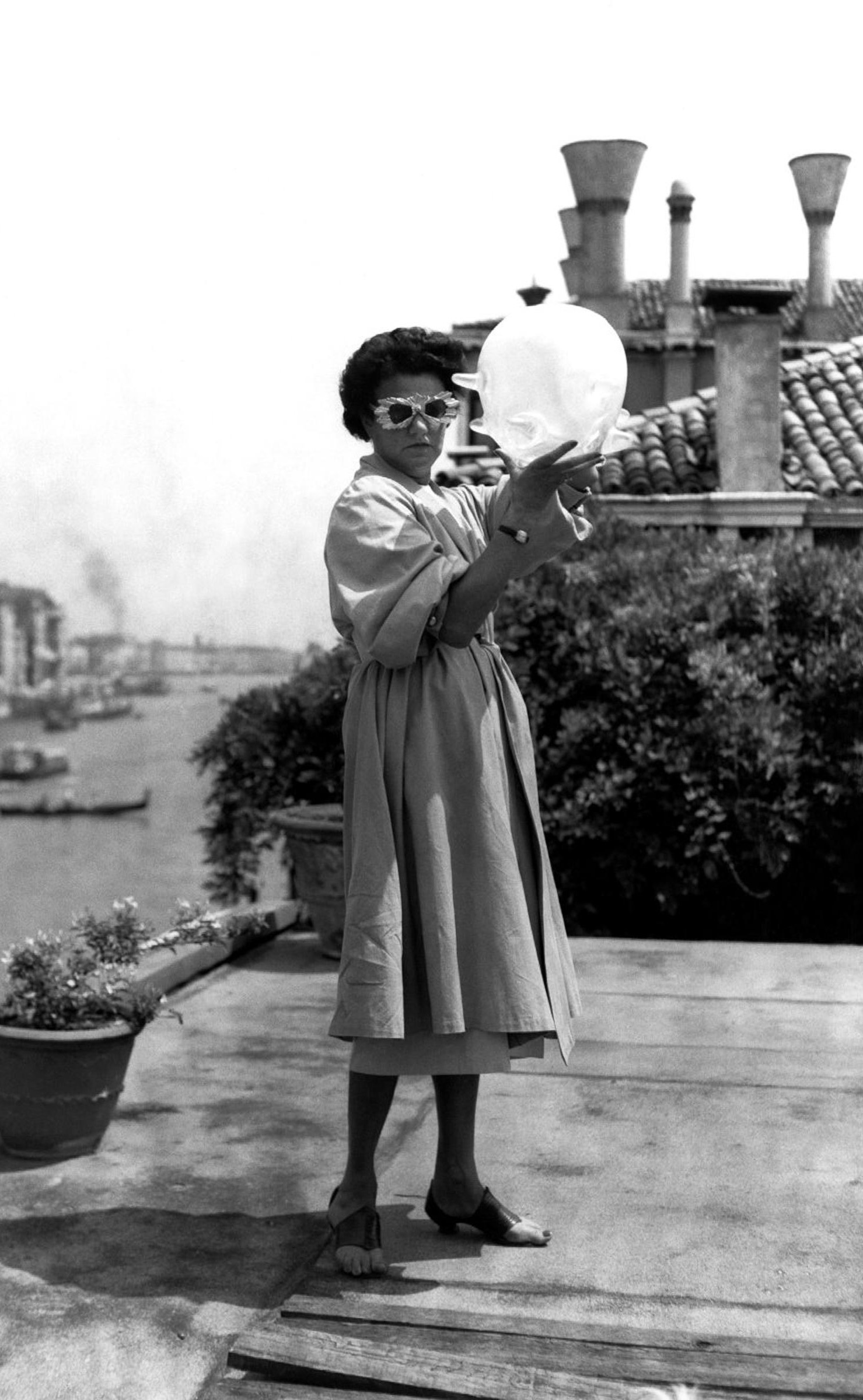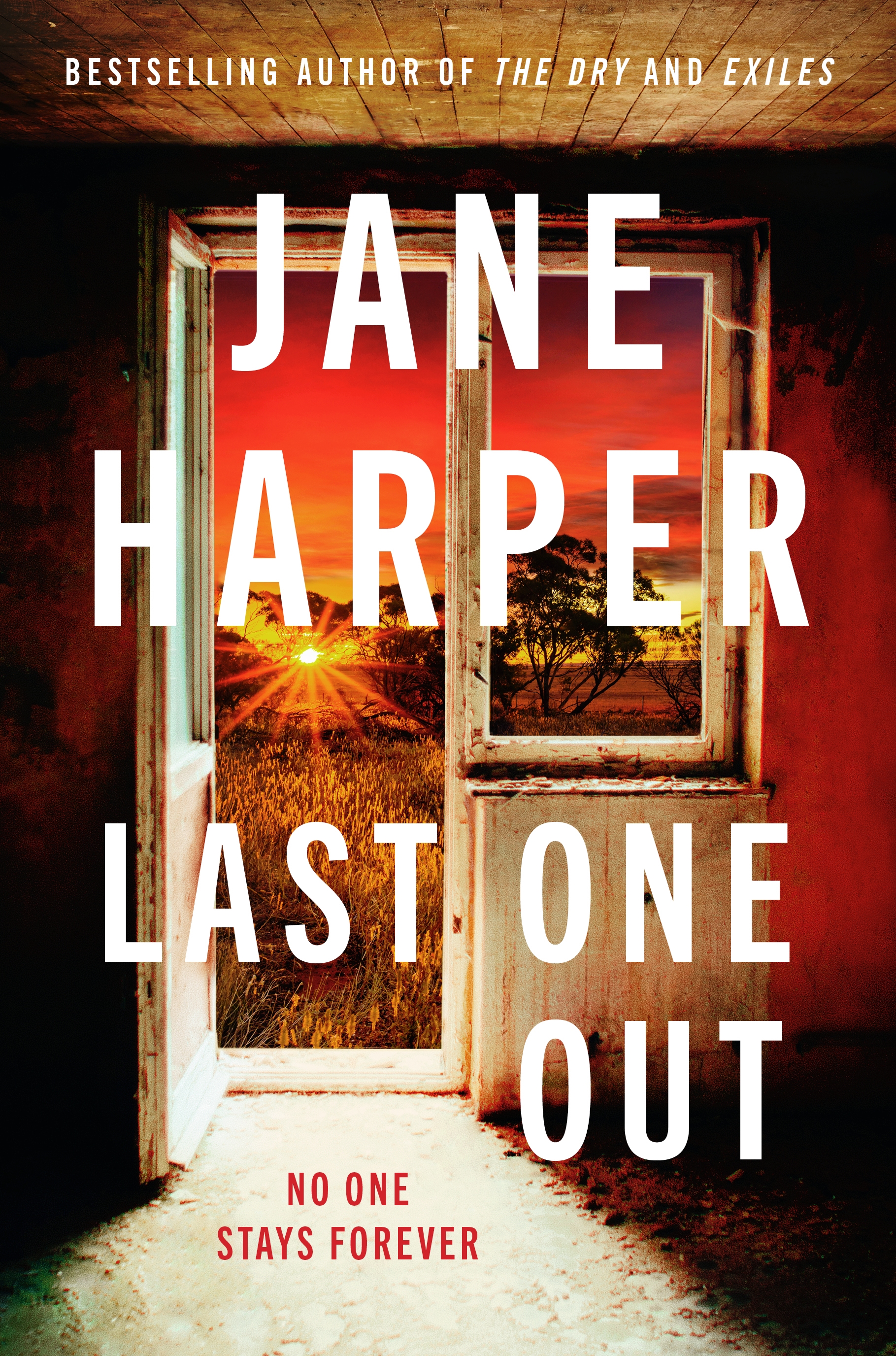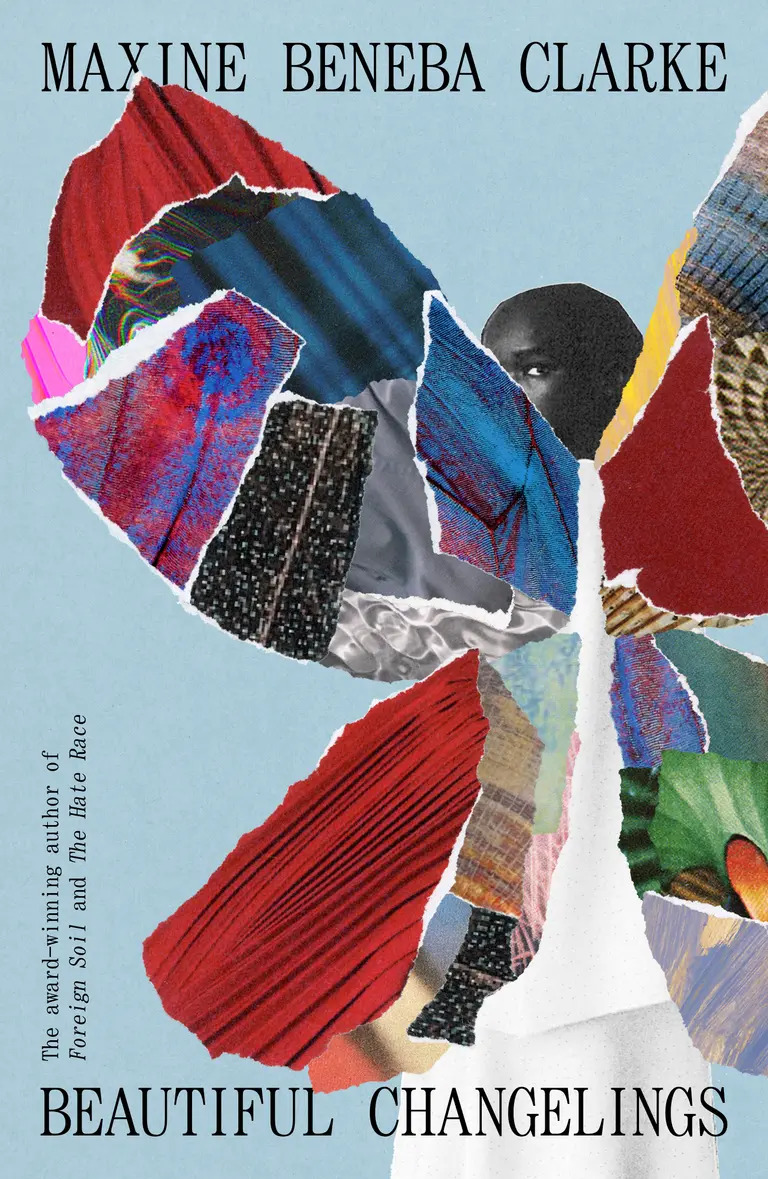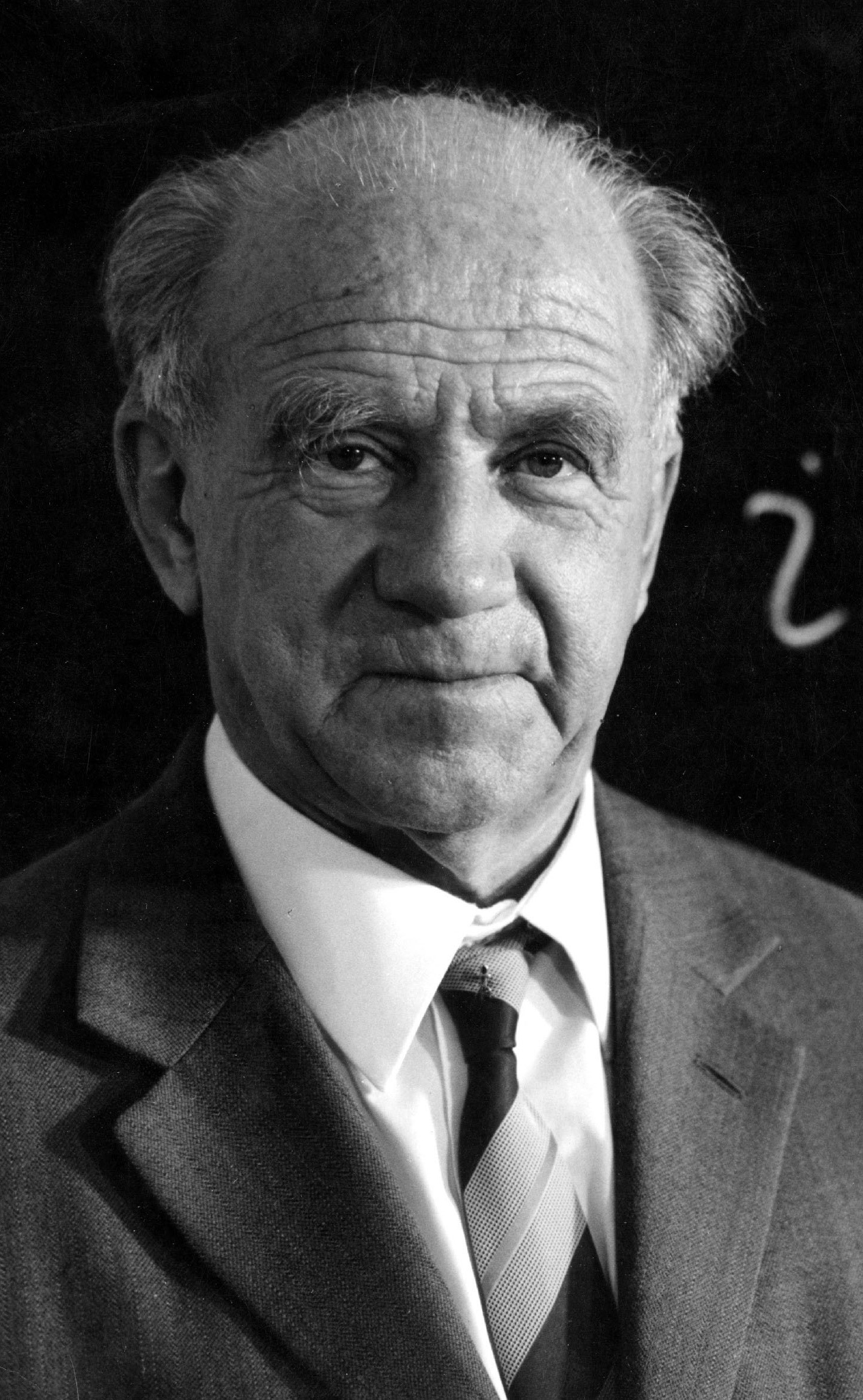Awakening: Four Lives in Art
Wakefield Press, $39.95 pb, 240 pp, 9781743053652
Awakening: Four Lives in Art by Eileen Chanin and Steven Miller
One of the few Australian-born female sculptors of the early twentieth century was a Ballarat girl, Dora Ohlfsen, who went to Berlin in 1892, at the age of twenty-three, to study music and found herself three years later in St Petersburg studying the art of the medallion. She was in Russia because she had fallen in love with the Russian-born, German-speaking Elena von Kügelgen, who had connections with the Russian court. There Dora met the Grand Duke George Mikhailovich, who, besotted by medals and coins, was the foremost Russian collector of his day. In Australia, the so-called glyptic arts were barely recognised, but in Europe, the ancient art of medal-making was alive and well, and relatively lucrative. When, early in the new century, Dora and Elena moved to Rome to escape the increasingly volatile political situation in Russia, Dora made the form her own. Her success is evident in the striking image of a naked woman in bas-relief, arms uplifted, long hair streaming out before her, on the cover of Eileen Chanin and Steven Miller’s Awakening: Four Lives in Art.
Dora is one of the four women profiled in Chanin and Miller’s book, all of whom were active in the arts in the first half of the twentieth century. The other three, like Dora, left Australia in young adulthood to build lives and careers overseas: Louise Dyer in Paris, Clarice Zander in London, and Mary Cecil Allen in New York. Like Dora, they were intrepid women – talented, unconventional, and today, largely unknown. In their brief introduction, Chanin and Miller write that one of their objects is simply to recognise the ‘remarkable lives and achievements’ of these women. They further assert that the women’s stories ‘throw new light on the milieu in which [they] lived and show the difference they made to it’ – though this is a claim they do not develop or defend.
Continue reading for only $10 per month. Subscribe and gain full access to Australian Book Review. Already a subscriber? Sign in. If you need assistance, feel free to contact us.











Leave a comment
If you are an ABR subscriber, you will need to sign in to post a comment.
If you have forgotten your sign in details, or if you receive an error message when trying to submit your comment, please email your comment (and the name of the article to which it relates) to ABR Comments. We will review your comment and, subject to approval, we will post it under your name.
Please note that all comments must be approved by ABR and comply with our Terms & Conditions.